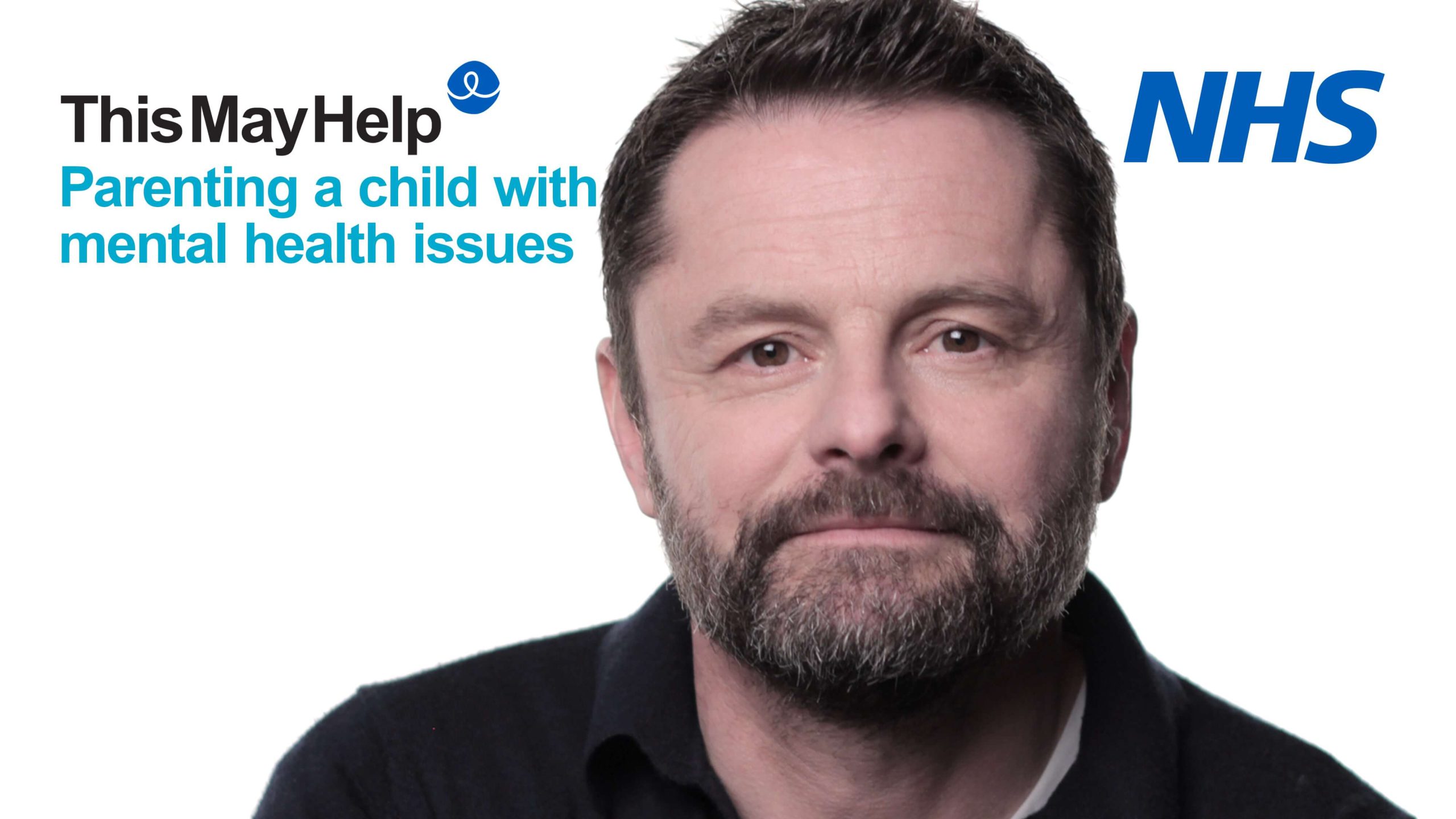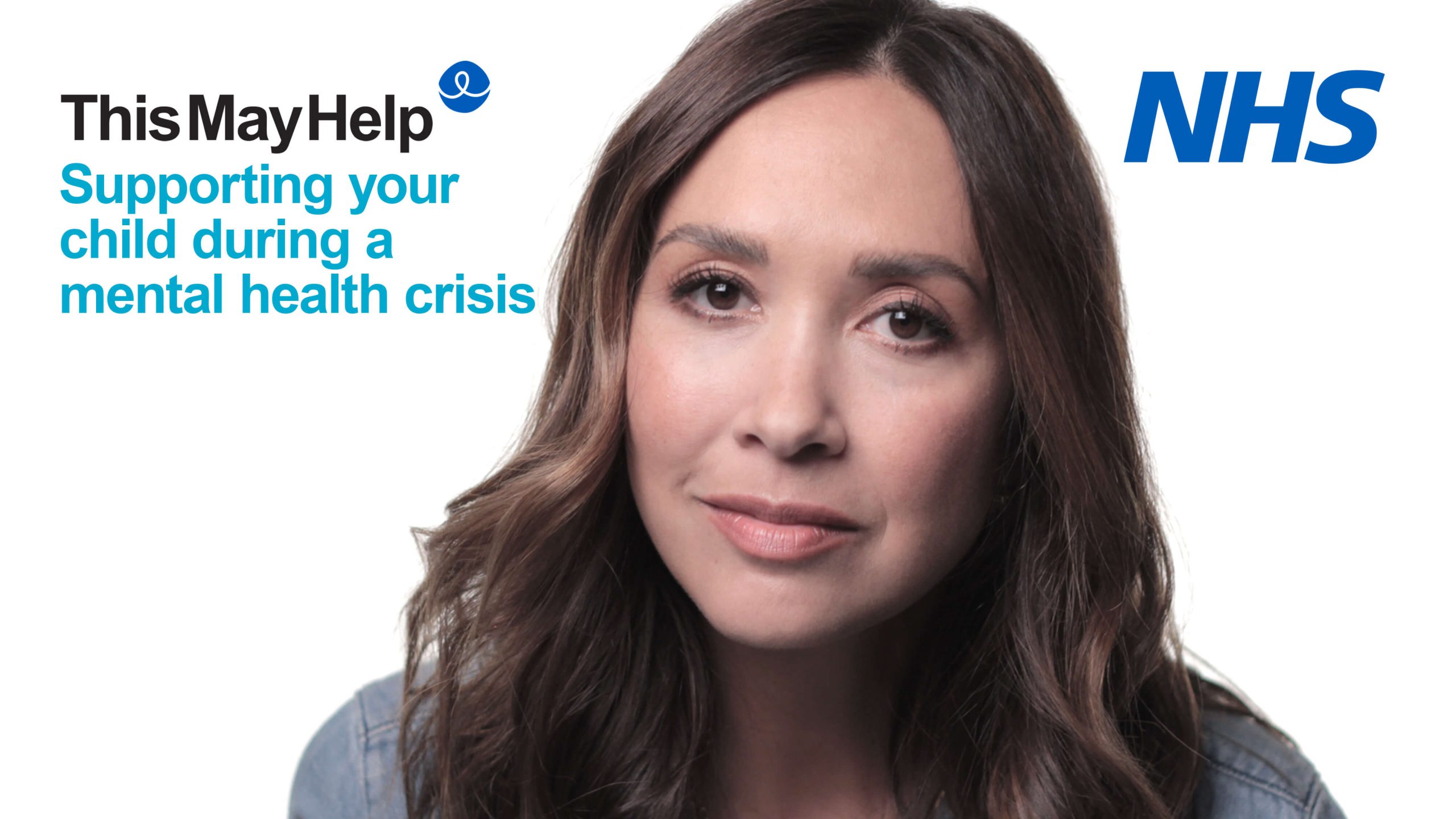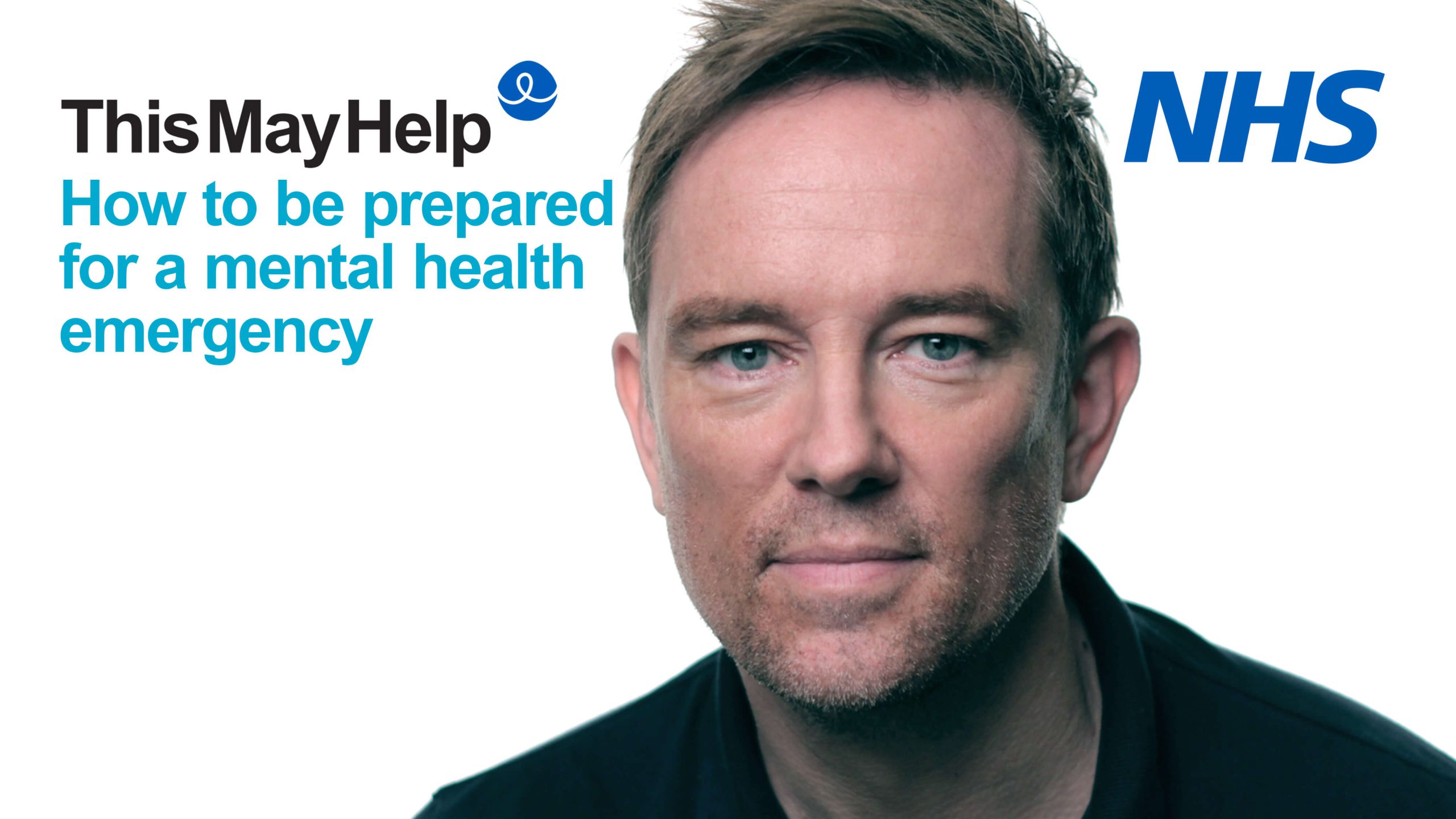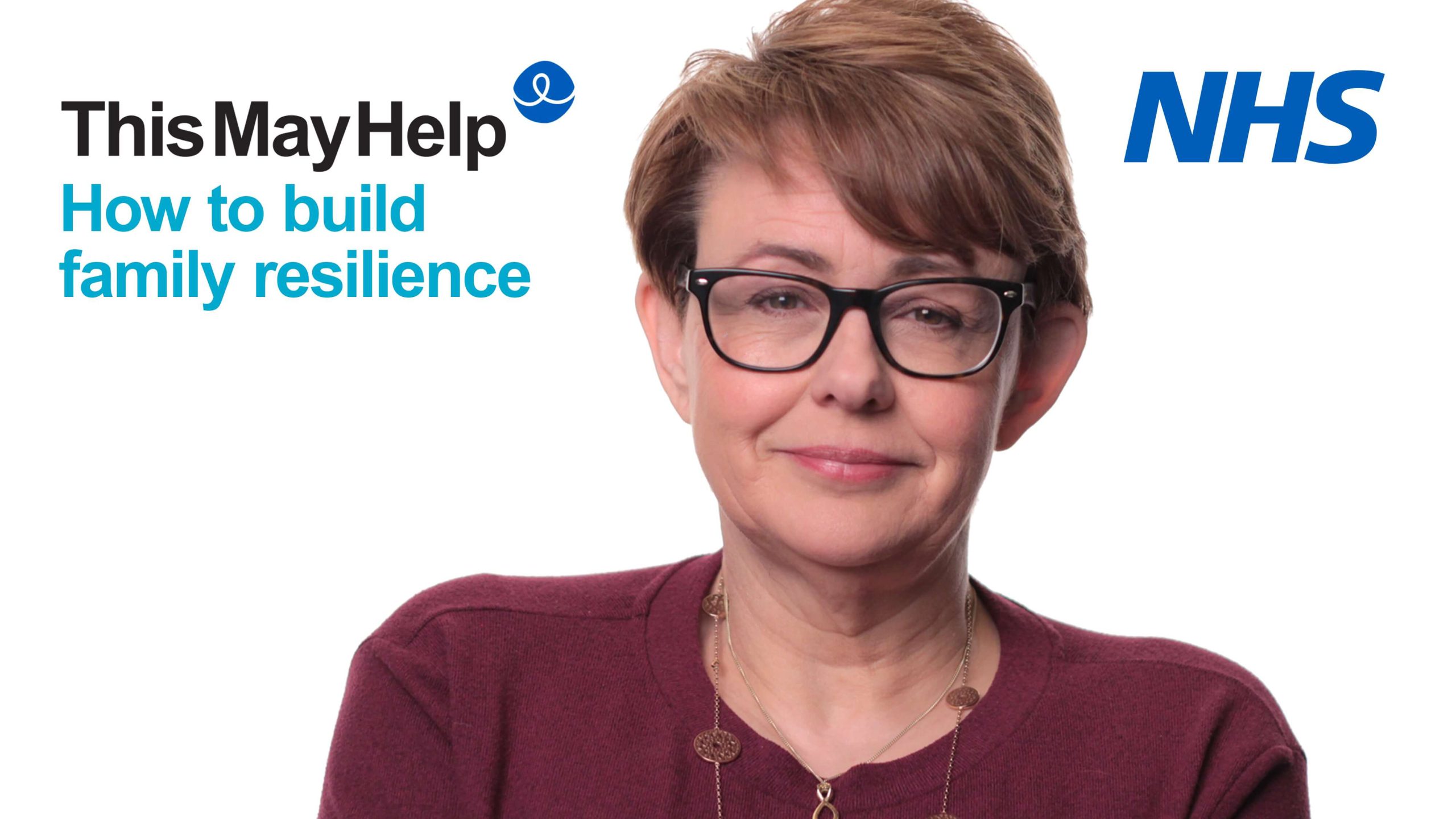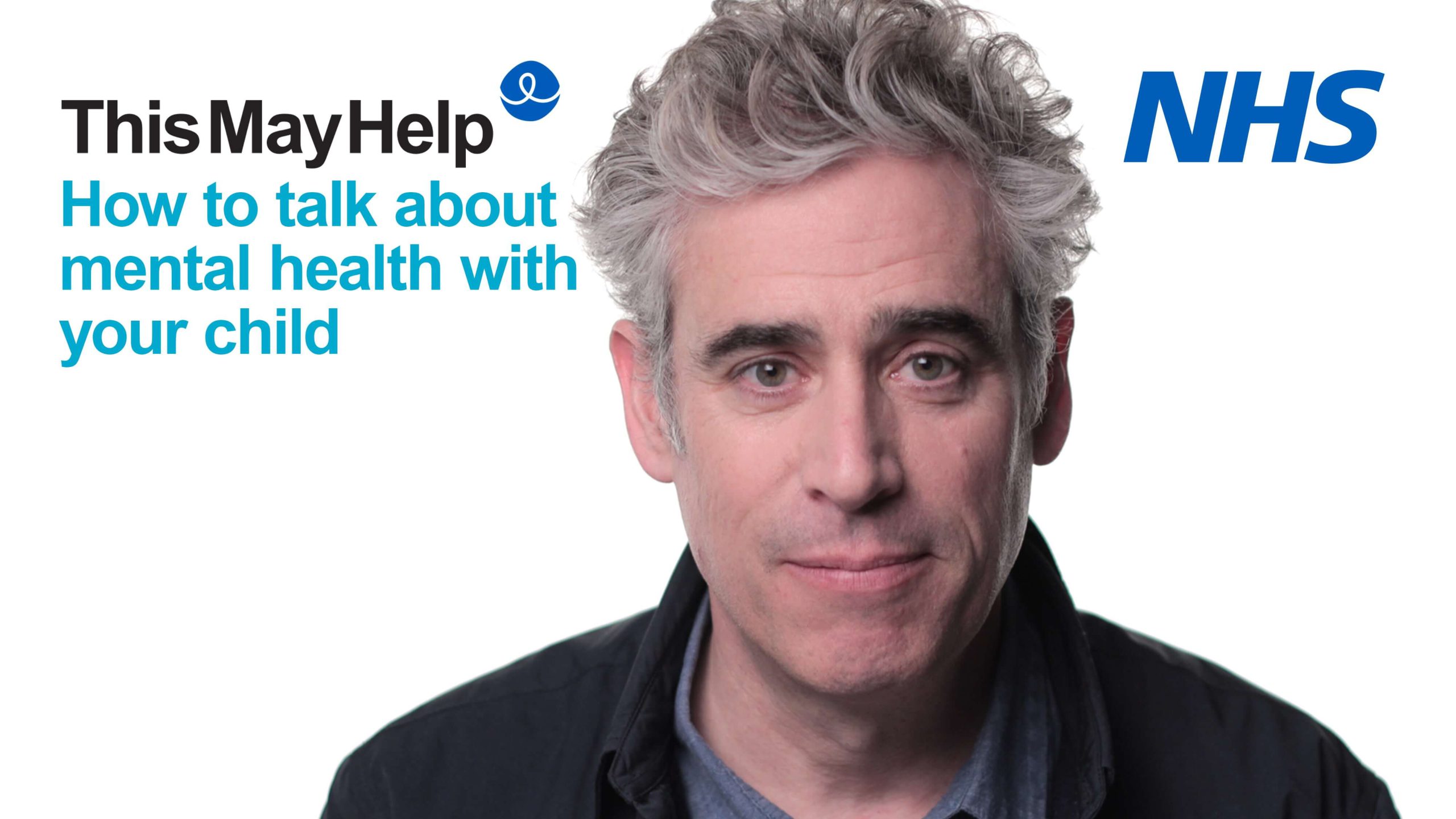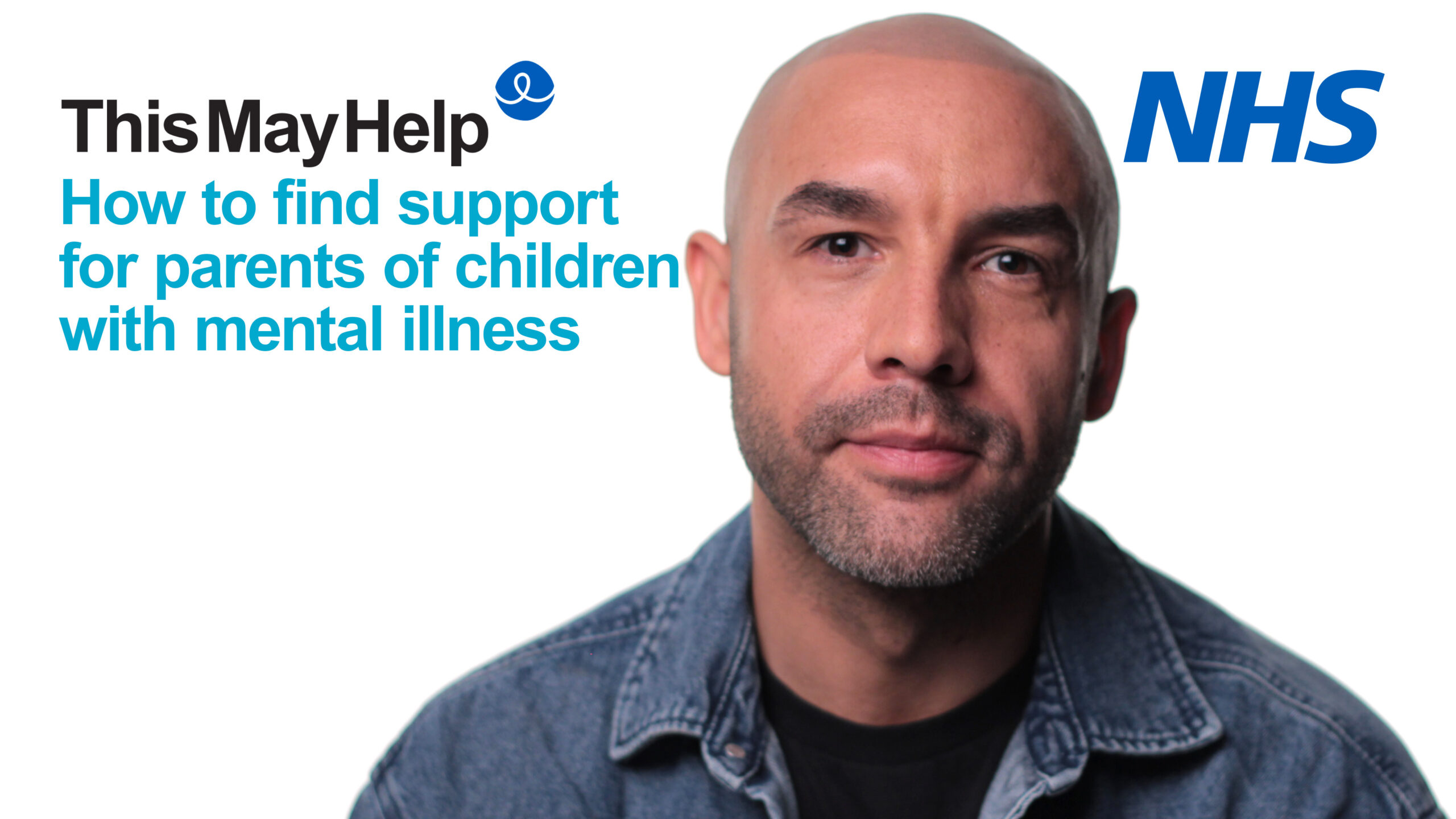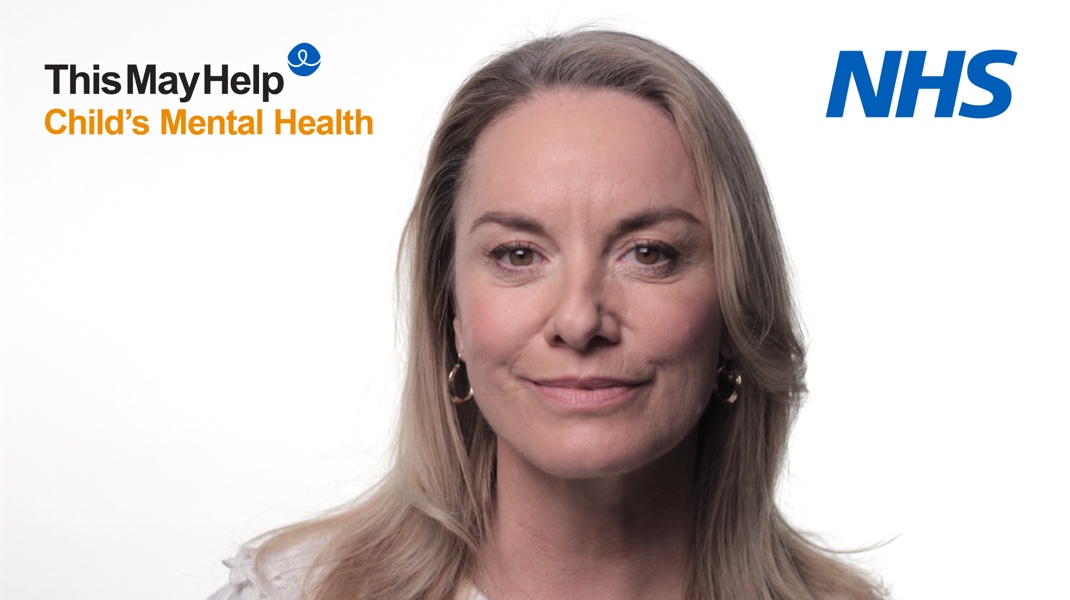Discovering that someone you care about may be self-harming themself can really distressing, and while it’s normal to be concerned, it’s an area of mental health that’s often misunderstood.
Signs that someone may be self-harming
- Unexplained cuts or bruises
- Blood stains on clothes or towels
- They start to wear long sleeved clothes, even in warm weather
- Hidden or missing knives or razor blades
- Changes in their mood or behaviour that suggest something is wrong
In this video, Andrea McLean shares expert advice from NHS mental health professionals for parents who want to understand why children self- harm or to know how to stop a child from self-harming, with five tips that may help.
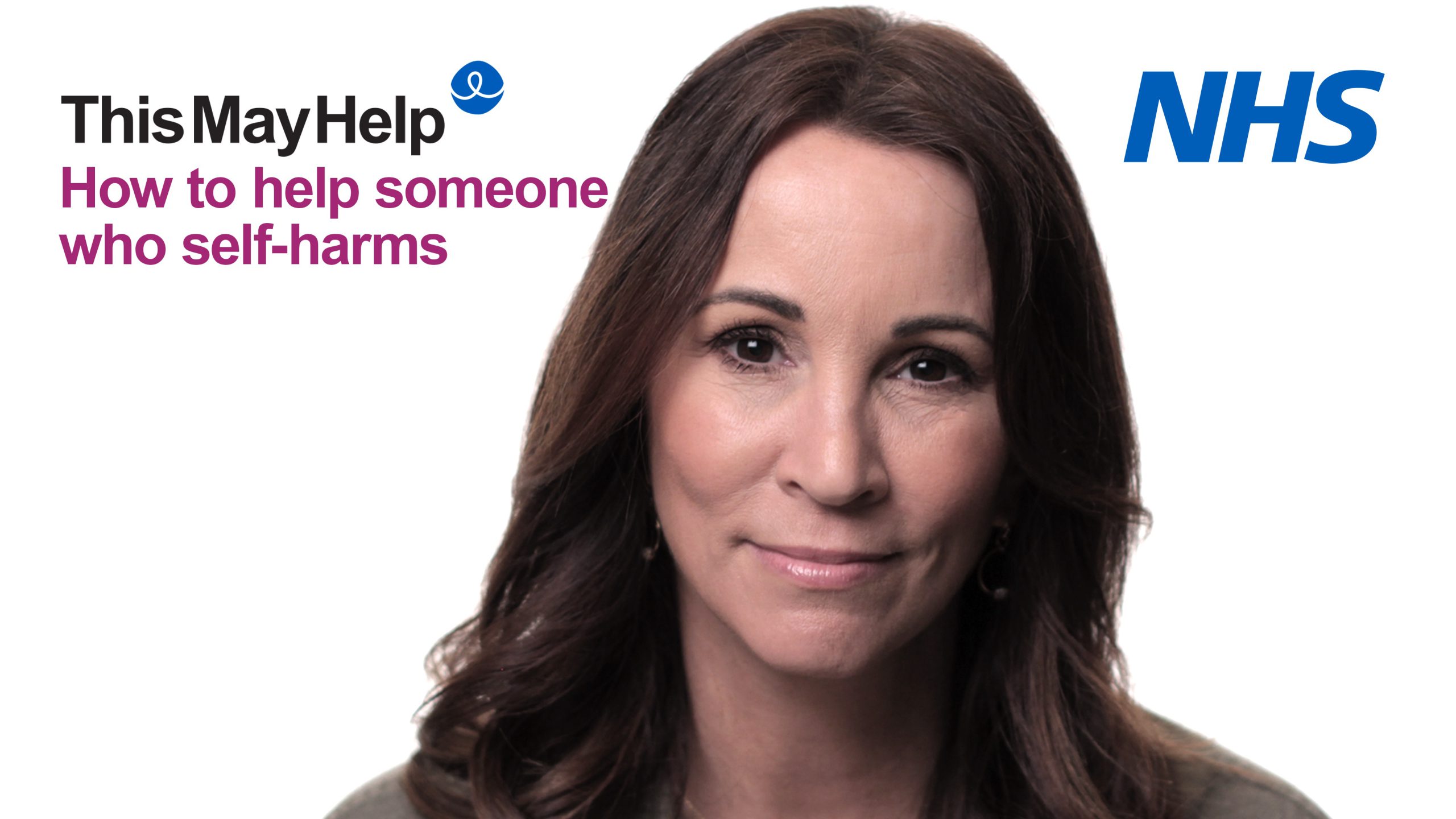
More support
1. Put safety first
If someone is cut or harmed in some way, try to keep calm. Clean any wounds, and if the bleeding does not stop after a few minutes, they need to be taken to A&E.
Tips for managing in the moment
- The sight of blood can make things seem worse than they really are, so try not to panic.
- As difficult as it may be, take a deep breath and try to put your emotions aside.
- Offer to help clean the wound but be aware that they may want to do this by themselves.
2. Try to put things into perspective
Self-harm is often mistaken for attempted suicide. While suicidal thoughts may exist, in most cases it is done to express emotional distress in a way that enables them to stay alive.
Why do children and adolescents self-harm?
- Self-harm is likely to be an indication that the child lacks healthy coping skills.
- Self-harming allows them to feel something physical that expresses their emotional pain.
- The physical pain releases endorphins in the brain that may give them a feeling of short-term relief but is not a healthy long-term coping strategy.
3. Try to be supportive
Try to be patient and understanding. Let them know that you’re there to support them and that you want to help.
Advice for parents supporting a child who is self-harming
- It’s a common misconception that self-harm is a form of attention seeking. In fact, attention may be the last thing they want and they’re likely to keep cuts, scars or burns covered up.
- Try to start a conversation but be aware it may be one they don’t want. Start by asking them how they’re doing and letting them know you’re there for them.
- If they do want to talk, try to simply listen rather than having all the answers.
4. Try to stay positive
Try to see the positives in the fact that a problem that was hidden has now come to light. Encourage them to speak to someone who can help, such as their GP, an adult at school or someone from the local mental health service.
Tips for maintaining a positive outlook
- Difficult times are when we tend to learn the most. Try to view challenges and mistakes as part of a learning curve where each experience is making you better prepared for future challenges.
- Allow yourself to find the humour in even the most difficult moments, and when things are tough remember that what’s happening will probably make for a great story in the future.
- Think about things that you are grateful for, however small, and try to visualise the future you hope for.
- You can build resilience by reminding yourself of previous occasions when you’ve come through adversity and gained valuable experience.
5. Try to find safer alternatives
Work together to find alternatives that might recreate the sensation they need when they feel the urge to self-harm so that you limit the potential damage, but they still feel the sense of relief.
Tips for keeping them safe
- It’s likely to be a case of trial and error, but things like a slice of lemon or a chilli to bite on, some ice to hold or an elastic band on the wrist to snap against the skin have worked for some people, but don’t be surprised if they don’t work for your child.
- If they’re head banging, you could slide a pillow or cushion between their head and the hard surface to limit the potential damage, but they still feel the sense of relief it gives them.
- It might also be a good idea to remove all sharp knives and razor blades. But be reasonable if your child has a legitimate reason for using one, like needing to shave.
Some additional resources that may help
- For more advice on parenting a child with mental health issues, visit our dedicated page
- NHS advice for helping someone who self-harms
- Mind.org also offers dedicated advice for supporting a child who self-harms
- For information on how to access NHS Mental health services click here
